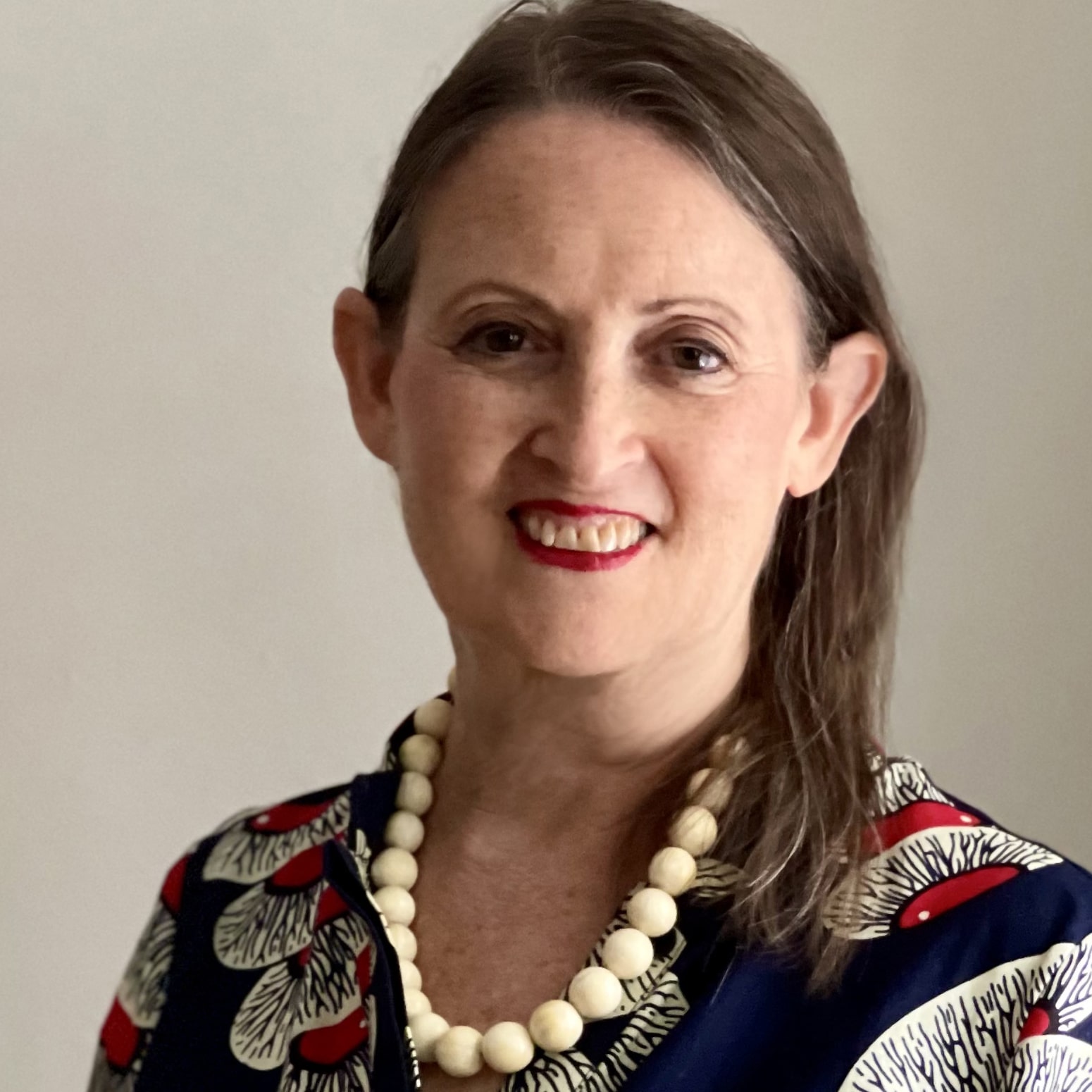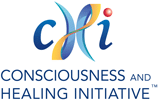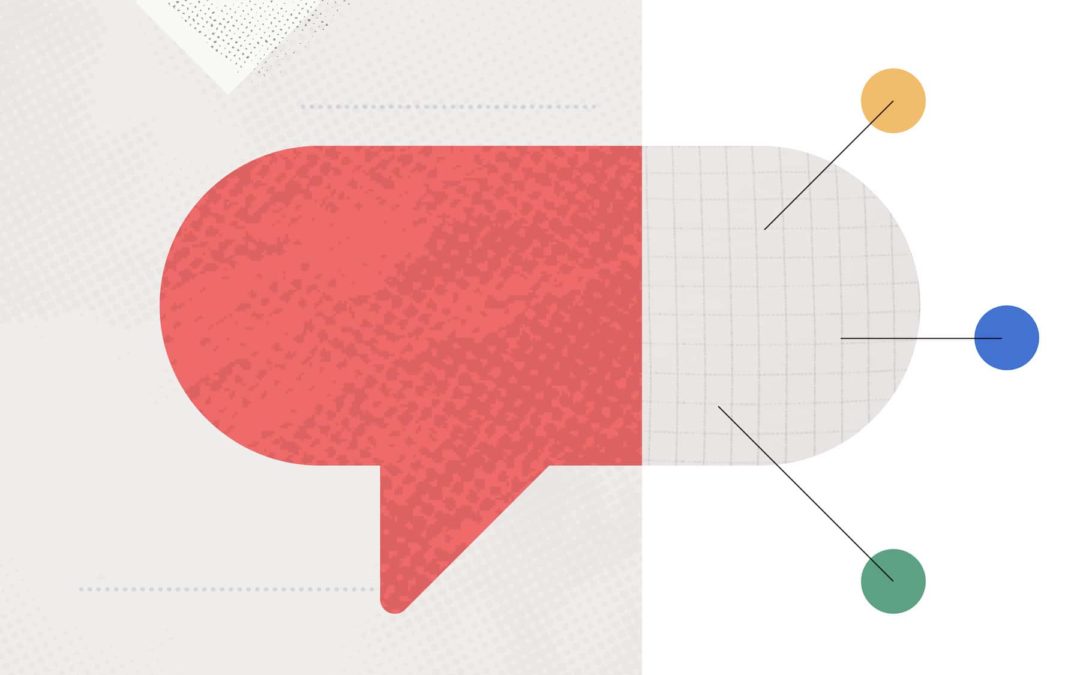How do we talk about healing practices and better communicate to help make these practices more widely accessible?
Where some practitioners have shared they do not feel comfortable discussing the spiritual aspects of their work publicly or with healthcare stakeholders, for fear of being considered even more “woo” or causing some other problem.
A communication plan certainly warrants further discussion among the community as we explore and strategize how to best make these practices accessible to all without losing the essence or the origins of healing practices. Let’s hope we can find solutions that allow everyone to freely practice their healing art in integrity with the traditions while still democratizing healing and honoring the essence of the practices, no matter their origin.
The reluctance often comes from feeling we have to have definitive answers, whereas our work can be very nuanced and subjective.
Would a better educated public make healing practices more broadly accepted?
CHI collaborator and Reiki Master, Pamela Miles, recently spoke to Forbes magazine and offered tips on how to better communicate to override people’s misgivings and misinformation.
Pamela notes, “Reiki Practice can be challenging to talk about, for many reasons. The public often has preconceived ideas, some of which are negative. In this Forbes article, I give tips how to communicate to override people’s misgivings and misinformation.”
Learn More About the Pamela Miles

International Reiki Master Pamela Miles has collaborated on Reiki projects with prominent academic medical centers including Yale, Harvard and the National Institutes of Health and knows all too well how hard it is to run a business within a misunderstood industry. “The public is confused about what Reiki practice actually is because the term itself is unregulated. But Reiki practice is effective and can help even when nothing else can.”
Additionally, Pamela is the author of the award-winning book REIKI: A Comprehensive Guide (Tarcher/Penguin) and numerous popular articles. As a leading spokesperson for Reiki in the media, my work has been featured on The Dr. Oz Show, CBS, NBC, The Atlantic, New York Magazine, US News and World Report, The Daily Beast, Refinery29, and Allure magazine.
Would communication training be useful for healing practitioners? Please share your experiences and reflections in the comment box below!


This is really important for CAM practitioners. One of the most helpful books in this connection is “Holism and Complementary Medicine” by Vincent Di Stefano. As a previous professor of English turned homeopath, I think that what you communicate, no matter your profession, is most of the practice, training notwithstanding. I would love to get involved in this kind of work. If you would like to read an article I recently wrote on this topic, please send me your email address.
I would love to read it!
It’s interesting to note that Pam says that Reiki is “more comprehensive” than energy medicine. And Donna Eden says that her method of energy medicine is “active” (involves participation with the client) whereas Reiki is “passive” (the client is still) and that energy medicine is more inclusive because it works with 9 different energy levels in the body that are directed to locations in the body by the practitioner whereas the Reiki practitioner lets the energy go where it is needed.
Do we really want to get into “healing wars” with the different methods? What makes one method better than another is what the client says works best for her.